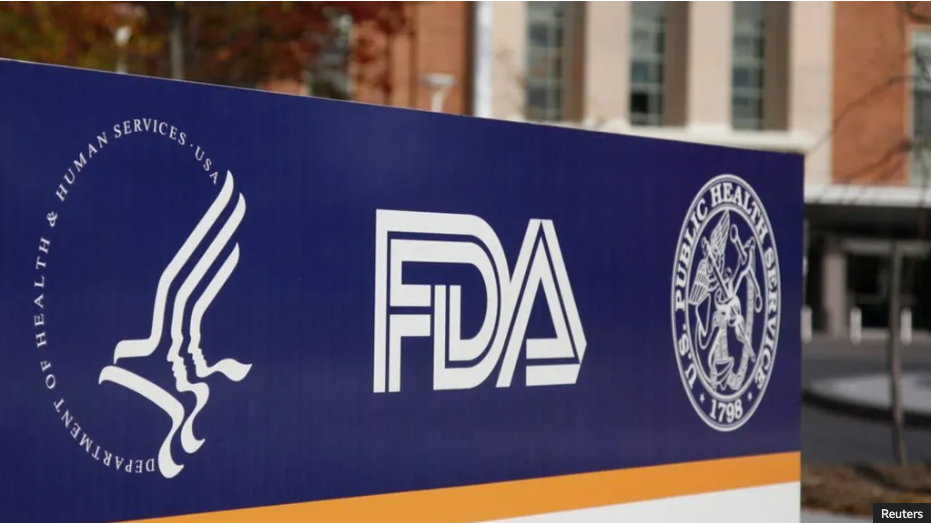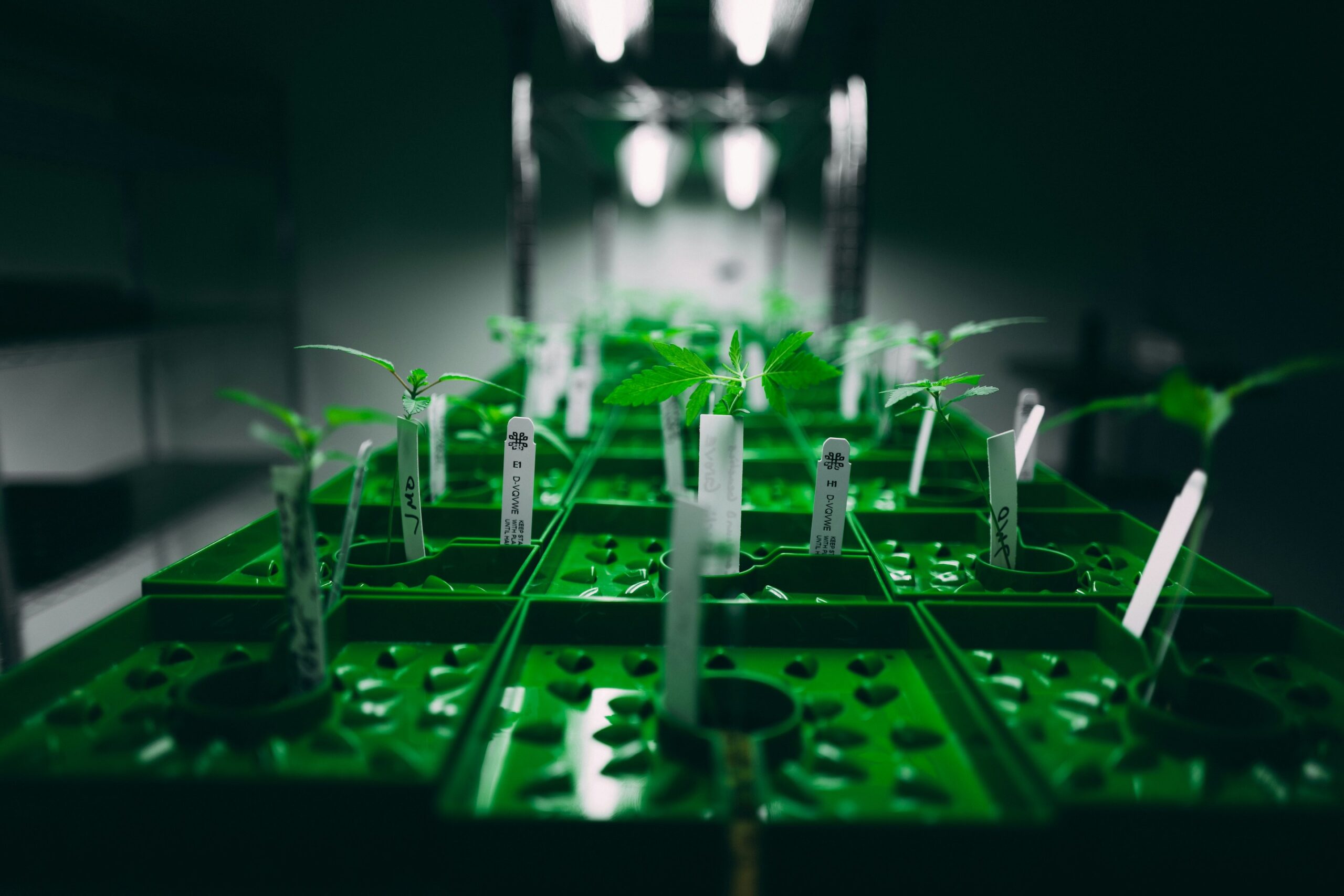June 10th – June 17th, 2022
Effects of Cannabis Exposure on DNA Methylation in Sperm Cells
Findings may provide a better understanding on the consequences of paternal cannabis use on DNA.
Cannabis is the most widely illicit drug consumed in the US, with increasing use recorded as more US states are legalizing it for medical and recreational uses. More specifically, the largest group of cannabis consumers in the US are men in their peak reproductive years, despite studies indicating that cannabis use can alter sperm quantity and quantity. [1],[2] Additionally, environmental influences such as a person’s diet or drug exposure can impact sperm epigenome (i.e., set of chemical modifications to the DNA and DNA-associated proteins) at genes that are key for early life development. In this way, previous studies have shown that cannabis use in men was associated with changes in sperm DNA methylation (i.e., type of epigenetic mechanism that can modify gene expression) and at multiple genes implicated in autism. [3],[4]
Using an in vitro model of human spermatogenesis, Schrott et al., aimed to investigate whether cannabis extract exposure can influence DNA methylation in imprinted genes (e.g., important for early life development) and autism candidate genes, as these play a role in early embryonic development. [5] The group found that cannabis exposure (containing Δ9-tetrahydrocannabinol (Δ9-THC)) impacted spermatogenic cell DNA methylation at specific imprinted genes while two out of 10 randomly selected autism candidate genes had altered methylation.
The authors concluded: “Our findings that cannabis exposure (CE) exposure can influence DNA methylation at a subset of imprinted genes and genes possessing bivalent chromatin adds to a growing body of evidence that cannabis exposure can impact the sperm DNA methylome. Future studies are needed to continue to assess the heritability of the effects induced by cannabis.”
Sodium Channels in Epilepsy & Cannabis
A combination of phytocannabinoids modulate the biophysical properties of sodium channels.
Epilepsy is one of the most common neurological diseases, affecting approximately 50 million of individuals worldwide, regarding of age, race, social class, and geographical location. [6] It is characterized by recurrent seizures, brief episodes of involuntary movement that may involve part of the body or the entire body, which can lead to loss of awareness. [7] Treatments include anti-epileptic drugs, surgery, or implantation of a small electric device to help control seizures. [8] More recently, the FDA has approved the use of Epidiolex (cannabidiol (CBD) medication) for the treatment of seizures associated with Lennox Gastaut syndrome, Dravet syndrome, and tuberous sclerosis complex. [9],[10]
Mutations in voltage-gated sodium (Nav) channels, critical proteins that are involved in the generation and propagations of electrical signaling in the brain, are the most prevalent mutations that lead to epilepsy. [11] Studies have shown that CBD can affect several key channels in the body, and it can specifically attenuate Nav channels. [12] However, the effects of cannabis-based products on their function are not clear.
Researchers from the University of Melbourne, Australia, aimed to investigate the effects of a nutraceutical product (NP), containing diverse cannabinoids (cannabidiolic acid (CBDA), CBD (most dominant), cannabinol (CBN), and Δ9-tetrahydrocannabinol (Δ9-THC)) as well as terpenes on the biophysical properties of Nav channels (Nav 1.1 – Nav 1.8). [13] The group found that NP inhibited peak sodium currents in six out of eight Nav channels while hemp seed oil alone did not. Additionally, NP had variable effects on the biophysical properties of the channels, suggesting the different results may be caused by the individual cannabinoid/terpene present.
The authors concluded: “Our results suggest that NP might be further explored to treat epilepsies which are sensitive to inhibition of voltage-gated sodium channels, including LGS where GOF mutations have been identified in SCN2A (NaV1.2) and SCN8A (NaV1.6) … Future functional characterization of the components of NP, including phytocannabinoids and terpenes, may reveal a potent constituent or interactions between components to modulate sodium channels.”
Approval of Home-Grown Medical Cannabis in Brazil
Will Brazil follow Uruguay and legalize cannabis for recreational use?
On June 14th, 2022, the country’s Superior Court of Justice has agreed to allow three cannabis patients to grow cannabis and extract its oil for pain relief in their home. [14] This is a big step as, up until now, restricted medical cannabis patients were only able to obtain imported cannabis products with strict regulations under ANVISA (National Sanitary Surveillance Agency), which is the equivalent to the FDA.
Brazil legalized medical cannabis in 2015 for terminally ill patients or patients who have exhausted other treatment options.
Brain Activity & Cannabis Use Disorder (CUD)
Decreasing alpha rhythm production may help prevent drug relapse, a new study suggests.
Cannabis smoking can lead to health problems including cough and respiratory infections as well as increased risks of cannabis use disorder (CUD), defined as the inability to stop consuming cannabis despite showing physical and psychological harm (e.g., irritability, sleep difficulty, depressed mood…). [15] Specifically, Δ9-tetrahydrocannabinol (Δ9-THC) consumption, which binds to cannabinoid receptor 1 (CB1R) in several brain regions, has been linked to a wide range of cognitive and executive deficits. [16],[17] Additionally, brain imaging studies have reported that cannabis exposure was associated with structural and metabolic changes, but the functional consequences are not understood. [18]
A group of researchers from Switzerland aimed to determine any cognitive performance deficits in 24 CUD patients compared to 24 non-users using electroencephalography (EEG), a non-invasive technique used to measure the brain’s electric field, while performing the Go/NoGo task (to measure attention and inhibitory control). [19] Results showed that CUD patients had increased alpha spectral power (known to be modulated by attention) in several cortical regions in the Go/NoGo task while their attentional performance was inversely correlated with individual levels of frontal alpha power in the sensorimotor cortex.
The authors concluded: “This loss of “alpha desynchronization” suggests stronger inhibition of ongoing neuronal activity that may interrupt attentional processing… Thus, potentially treating cannabis abusers with therapies that decrease alpha rhythm production, such as neurofeedback, may be a promising approach for mitigating cognitive deficits and/or preventing drug relapse.”
References:
[1] https://www.samhsa.gov/data/sites/default/files/cbhsq-reports/NSDUHNationalFindingsReport2018/NSDUHNationalFindingsReport2018.pdf, assessed on June 17th, 2022
[2] Rajanahally S, Raheem O, Rogers M, et al. The relationship between cannabis and male infertility, sexual health, and neoplasm: a systematic review. Andrology 2019;7(2):139-147. DOI: 10.1111/andr.12585
[3] Schrott R, Rajavel M, Acharya K, et al. Sperm DNA methylation altered by THC and nicotine: Vulnerability of neurodevelopmental genes with bivalent chromatin. Sci Rep 2020;10(1):16022. DOI: 10.1038/s41598-020-72783-0.
[4] Schrott R, Murphy SK. Cannabis use and the sperm epigenome: a budding concern? Environ Epigenet 2020;6(1):dvaa002. DOI: 10.1093/eep/dvaa002.
[5] Schrott R, Greeson KW, King D, Symosko Crow KM, Easley CAt, Murphy SK. Cannabis alters DNA methylation at maternally imprinted and autism candidate genes in spermatogenic cells. Syst Biol Reprod Med 2022:1-13. DOI: 10.1080/19396368.2022.2073292.
[6] https://www.who.int/news-room/fact-sheets/detail/epilepsy, assessed on June 17th, 2022
[7] Beghi E. The Epidemiology of Epilepsy. Neuroepidemiology 2020;54(2):185-191. DOI: 10.1159/000503831
[8] Perucca P, Scheffer IE, Kiley M. The management of epilepsy in children and adults. Med J Aust 2018;208(5):226-233. DOI: 10.5694/mja17.00951
[9] https://www.fda.gov/news-events/press-announcements/fda-approves-first-drug-comprised-active-ingredient-derived-marijuana-treat-rare-severe-forms
[10] https://www.fda.gov/news-events/press-announcements/fda-approves-new-indication-drug-containing-active-ingredient-derived-cannabis-treat-seizures-rare#:~:text=Today%2C%20the%20U.S.%20Food%20and,year%20of%20age%20and%20older.
[11] Parrini E, Marini C, Mei D, et al. Diagnostic Targeted Resequencing in 349 Patients with Drug-Resistant Pediatric Epilepsies Identifies Causative Mutations in 30 Different Genes. Hum Mutat 2017;38(2):216-225. DOI: 10.1002/humu.23149
[12] Ghovanloo MR, Shuart NG, Mezeyova J, Dean RA, Ruben PC, Goodchild SJ. Inhibitory effects of cannabidiol on voltage-dependent sodium currents. J Biol Chem 2018;293(43):16546-16558. DOI: 10.1074/jbc.RA118.004929
[13] Milligan CJ, Anderson LL, Bowen MT, et al. A nutraceutical product, extracted from Cannabis sativa, modulates voltage-gated sodium channel function. J Cannabis Res 2022;4(1):30. DOI: 10.1186/s42238-022-00136-x
[14] https://oantagonista.uol.com.br/brasil/decisao-do-stj-autoriza-cultivo-de-maconha-para-fins-medicinais/, assessed on June 17th, 2022
[15] Connor JP, Stjepanovic D, Le Foll B, Hoch E, Budney AJ, Hall WD. Cannabis use and cannabis use disorder. Nat Rev Dis Primers 2021;7(1):16. DOI: 10.1038/s41572-021-00247-4
[16] Battisti RA, Roodenrys S, Johnstone SJ, Respondek C, Hermens DF, Solowij N. Chronic use of cannabis and poor neural efficiency in verbal memory ability. Psychopharmacology (Berl) 2010;209(4):319-30. DOI: 10.1007/s00213-010-1800-4
[17] Messinis L, Kyprianidou A, Malefaki S, Papathanasopoulos P. Neuropsychological deficits in long-term frequent cannabis users. Neurology 2006;66(5):737-9. DOI: 10.1212/01.wnl.0000201279.83203.c6.
[18]Battistella G, Fornari E, Annoni JM, et al. Long-term effects of cannabis on brain structure. Neuropsychopharmacology 2014;39(9):2041-8. DOI: 10.1038/npp.2014.67
[19] Andriot T, Ohnmacht P, Vuilleumier P, et al. Electrophysiological and behavioral correlates of cannabis use disorder. Cogn Affect Behav Neurosci 2022. DOI: 10.3758/s13415-022-01016-w






